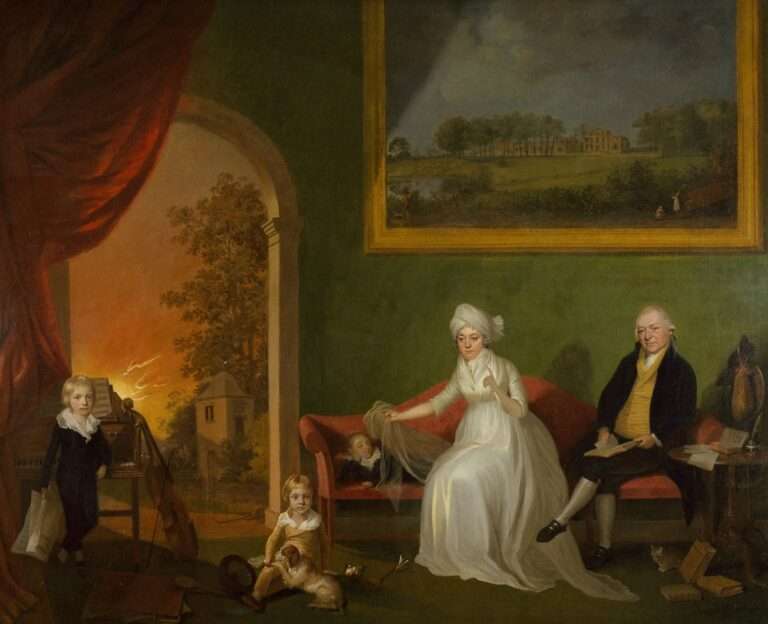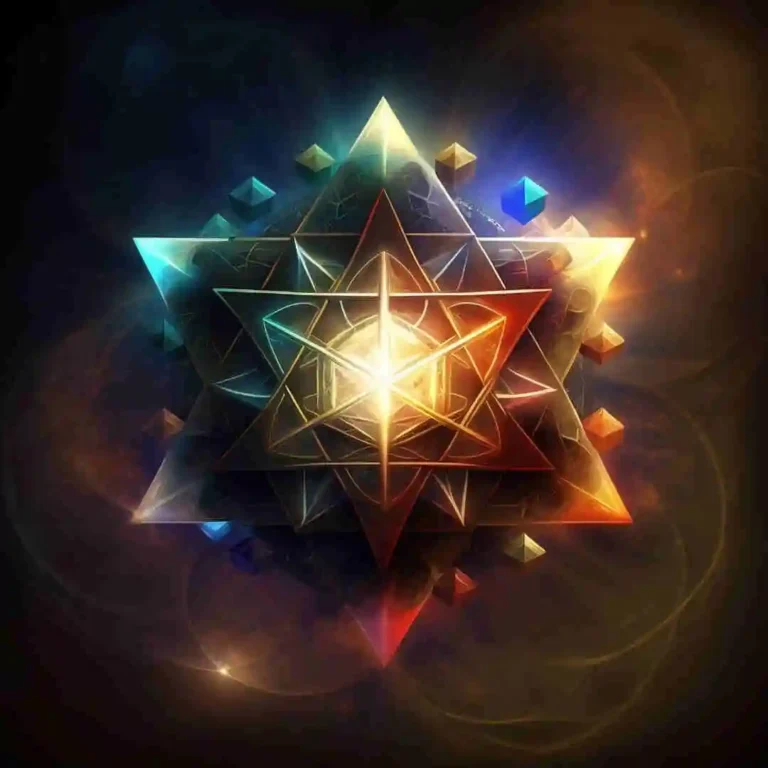Exploring the Depths of Symbolism: Unveiling the Meaning Behind The Shadow

Symbolism is the use of symbols to represent ideas or qualities. It is a powerful tool that has been used throughout history in various forms of art, literature, and religious practices. Archetypal symbols, on the other hand, are universal symbols that are deeply ingrained in the collective unconscious. They represent fundamental human experiences and emotions.
Understanding symbolism is crucial for personal growth and development because it allows us to tap into the deeper layers of our psyche. By deciphering the meaning behind symbols, we can gain insight into our own thoughts, feelings, and behaviors. Symbolism also helps us connect with others on a deeper level, as it transcends language and cultural barriers.
Key Takeaways
- Symbolism and archetypal symbols are powerful tools for understanding the unconscious mind.
- The shadow represents the repressed and hidden aspects of the psyche.
- Archetypal symbols can reveal important insights into the unconscious and help with personal development.
- Light and dark symbolism can represent opposing forces within the psyche.
- Color symbolism can reveal important information about the shadow and its contents.
Understanding the Shadow: An Overview
The shadow is a concept introduced by Swiss psychiatrist Carl Jung. It refers to the unconscious part of our personality that contains all the aspects of ourselves that we deny or repress. These can be negative traits, desires, or emotions that we find unacceptable or shameful.
Integrating the shadow is essential for personal growth because it allows us to become whole and authentic individuals. When we deny or repress parts of ourselves, they tend to manifest in unhealthy ways, such as projection onto others or self-destructive behaviors. By acknowledging and accepting our shadow, we can bring these hidden aspects into consciousness and work towards integrating them in a healthy way.
The Role of Archetypal Symbols in the Unconscious
Archetypes are universal patterns or themes that are present in the collective unconscious. They represent fundamental human experiences and emotions that are shared across cultures and time periods. Archetypal symbols are the visual representations of these archetypes.
Archetypal symbols can help us understand and integrate the shadow because they tap into deep-seated emotions and experiences that are often difficult to access consciously. For example, the symbol of a snake may represent both wisdom and danger. By exploring the symbolism of the snake, we can gain insight into our own fears and desires.
The Significance of Light and Dark in Symbolism
| Symbolism | Meaning | Examples |
|---|---|---|
| Light | Goodness, purity, enlightenment, hope | The sun, candles, fireflies, stars |
| Dark | Evil, mystery, fear, death | Night, shadows, caves, black cats |
| Contrast | Emphasizes the differences between light and dark, good and evil | The contrast between a bright, sunny day and a dark, stormy night |
| Balance | Represents the balance between light and dark, good and evil | The yin-yang symbol, which shows the balance between light and dark |
| Transformation | Represents the transformation from darkness to light, from evil to good | The sunrise, which represents the transformation from night to day |
Light and dark are powerful symbols that represent opposing forces in many cultures and religions. Light is often associated with goodness, truth, and enlightenment, while darkness is associated with evil, ignorance, and the unknown.
Understanding the symbolism of light and dark can help us integrate the shadow by shedding light on our own hidden aspects. By embracing the darkness within ourselves, we can uncover hidden truths and gain a deeper understanding of who we are.
The Power of Color Symbolism in the Shadow
Colors have long been used as symbols to convey emotions, moods, and ideas. Different colors evoke different feelings and can have a profound impact on our psyche.
Color symbolism can help us understand and integrate the shadow by bringing awareness to our emotions and experiences. For example, the color red is often associated with passion and anger. By exploring the symbolism of red, we can gain insight into our own hidden desires and frustrations.
The Symbolism of Animals as Archetypes in the Shadow

Animals have been used as symbols in various cultures throughout history. They often represent certain qualities or characteristics that are associated with specific animals.
Animal symbolism can help us understand and integrate the shadow by tapping into our primal instincts and emotions. For example, a lion may symbolize strength and courage. By exploring the symbolism of a lion, we can gain insight into our own hidden strengths and fears.
The Importance of Numbers as Archetypal Symbols in the Shadow
Numbers have long been used as symbols to convey meaning and significance. They represent universal concepts such as unity, balance, and transformation.
Number symbolism can help us understand and integrate the shadow by providing a framework for understanding our experiences. For example, the number three is often associated with creativity and growth. By exploring the symbolism of the number three, we can gain insight into our own hidden creative potential.
The Significance of Water and Other Natural Elements in Symbolism
Water and other natural elements have deep symbolic meanings in many cultures. Water, for example, is often associated with emotions, intuition, and the unconscious.
Understanding the symbolism of water and other natural elements can help us integrate the shadow by connecting us to our own emotions and intuition. By exploring the symbolism of water, we can gain insight into our own hidden emotions and desires.
The Symbolism of Dreams and their Connection to the Shadow
Dreams have long been considered a window into the unconscious mind. They often contain symbols and imagery that can provide valuable insights into our own thoughts, feelings, and desires.
Understanding dream symbolism can help us integrate the shadow by bringing awareness to our unconscious processes. By exploring the symbolism in our dreams, we can gain insight into our own hidden fears, desires, and conflicts.
The Role of Archetypal Symbols in Personal Development and Healing
Understanding and integrating archetypal symbols can lead to personal growth and healing in various ways. By exploring the symbolism of archetypes, we can gain insight into our own thoughts, feelings, and behaviors. This self-awareness allows us to make conscious choices and change patterns that no longer serve us.
Archetypal symbols have been used in therapy and personal development to facilitate healing and transformation. For example, art therapy often incorporates archetypal symbols to help individuals express their emotions and explore their inner world. Similarly, dream analysis can help individuals uncover hidden aspects of themselves and work towards integration.
In conclusion, understanding symbolism and archetypal symbols is crucial for personal growth and development. By exploring the symbolism of various archetypes, such as light and dark, colors, animals, numbers, water, and dreams, we can gain insight into our own thoughts, feelings, and behaviors. This self-awareness allows us to integrate the shadow and become whole, authentic individuals.
If you’re interested in exploring the depths of symbolism, you may also find the article on the symbolism of the moon fascinating. Discover the hidden meanings behind this celestial body and how it has been interpreted throughout history. From its association with femininity and emotions to its representation of cycles and transformation, the moon holds a wealth of symbolic significance. Dive into this captivating exploration by clicking here.
FAQs
What is symbolism?
Symbolism is the use of symbols to represent ideas or qualities.
What is the shadow in symbolism?
In symbolism, the shadow represents the darker, unconscious aspects of the human psyche.
What is the significance of the shadow in symbolism?
The shadow is significant in symbolism because it represents the parts of ourselves that we may not be aware of or may try to hide. It can also represent repressed desires or emotions.
What are some common symbols associated with the shadow?
Some common symbols associated with the shadow include darkness, the color black, caves, and monsters.
How is the shadow used in literature and art?
The shadow is often used in literature and art to represent the darker aspects of human nature. It can be used to create tension and suspense, or to explore themes of identity and self-discovery.
What is the difference between the shadow and the persona in symbolism?
The persona is the public face that we present to the world, while the shadow represents the hidden, unconscious aspects of ourselves. The persona is often seen as the opposite of the shadow, as it represents the parts of ourselves that we want others to see.





